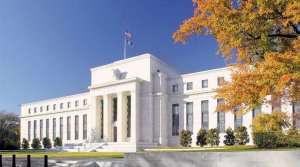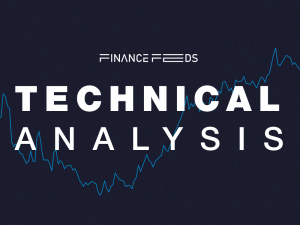Central banks consider backing stablecoins instead of launching CBDCs
It seems that central bankers may welcome the idea of backing stablecoins as a shortcut for a Central Bank Digital Currency (CBDC).

The Gillmore Centre Policy Forum heard at Warwick Business School (WBS London) had Antoine Martin, financial research advisor in the Financial Stability Policy Research Division of the Federal Reserve Bank of New York, speaking about the future of digital currencies and a new path for CBDCs: to support the development of safe stablecoins instead of producing their own digital currency.
“Stablecoins are much better payment instruments than Bitcoin and stabilize their value by being backed by assets denominated in a fiat currency. They commonly depend on commercial bank money to hold the reserve assets that back their coin representations and this is typically the US dollar.
Central bank liabilities could support the provision of stablecoins
“Stablecoins are very close cousins of Alipay and Tenpay’s digital payment platforms in China. Indeed, for every yuan in customer deposits, Alipay and Tenpay must hold a yuan in an account at the People’s Bank of China, making them functionally equivalent to stablecoins”, he continued. “And so in principle, central bank liabilities could support the provision of stablecoins, much like bank reserves for commercial bank money.”
“Instead of issuing a retail CBDC, central banks could support stablecoins by allowing them to be backed one-for-one with balances in a central bank account. They could also facilitate a bankruptcy remote legal structure to ensure that end-users are paid in full even if the issuer becomes bankrupt. Such stablecoins could be a close substitute for central bank digital money, while balances in a central bank account are risk free and could earn interest. Though stablecoin issuers should be subject to some oversight in exchange for access to a central bank account”, he added. “These stablecoins would be safer to end-users and thus more attractive than those backed with other assets. Rather than producing a competitor to digital currencies by producing a CBDC, central banks could be used as a tool by providers to enhance their payment service.
Supporting stablecoins is easier than managing a CBDC for retail use
Antoine Martin concluded by saying that “adapting our regulatory and legislative environment to support stablecoins is already a formidable task, but it is probably easier than managing a CBDC for retail use, especially as the private sector currently provides all retail digital means of payments on legacy technology.”
The event was held at Warwick Business School’s Gillmore Centre, established with a £3 million donation from Clive Gillmore, CEO of Mondrian, which invests in fintech innovation including AI, blockchain, mobile payments, cryptocurrencies and crowdfunding platforms.
Ram Gopal, Director of the Gillmore Centre for Financial Technology, said: “This is a fascinating idea and something that will need research. The topic of stablecoins and the idea of central banks bringing in their own digital currencies is something the Gillmore Centre is researching. Fintech and cryptocurrencies are evolving rapidly and it is vital the implications and impact of them is researched thoroughly so a robust ecosystem can be developed where consumers are protected and innovation is allowed to flourish.”









